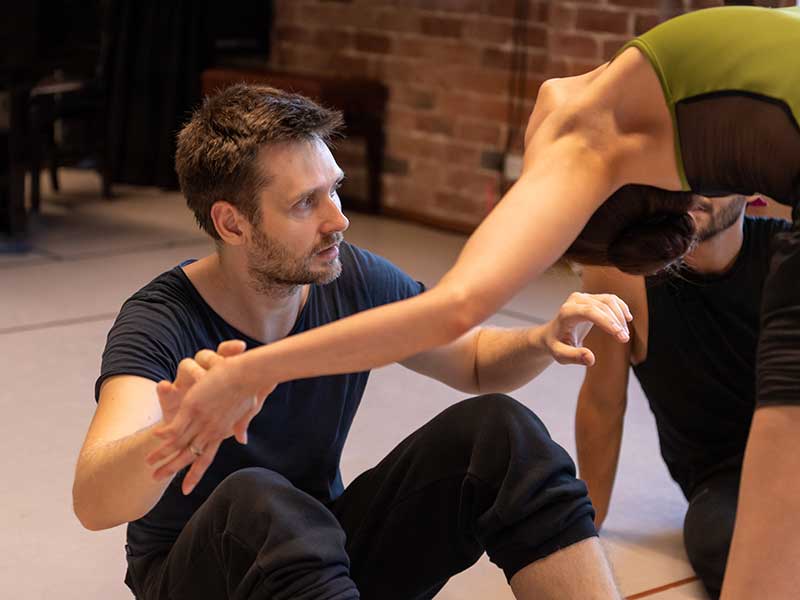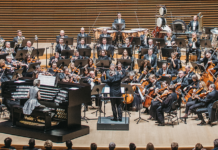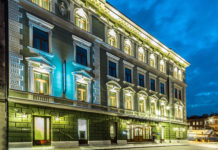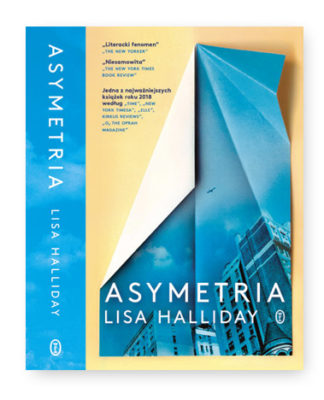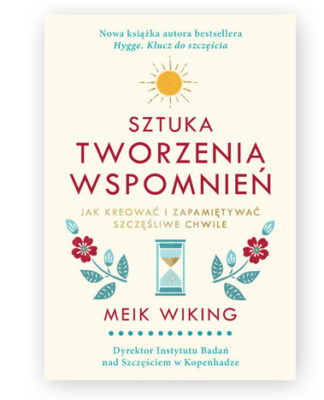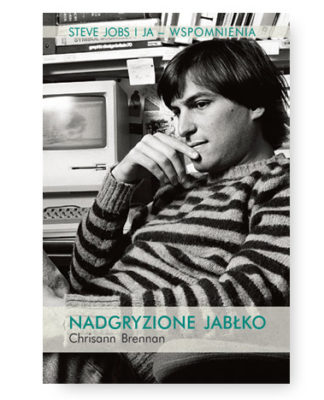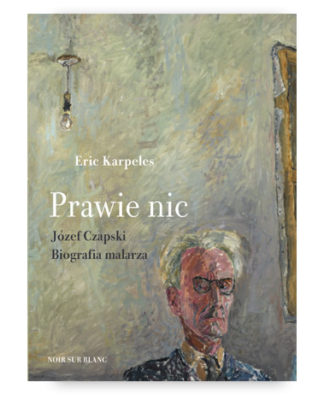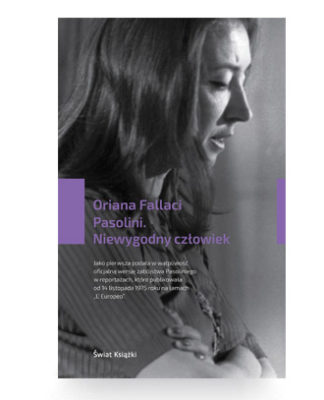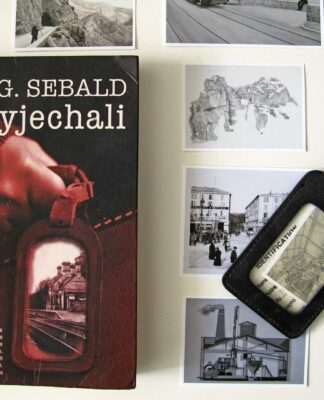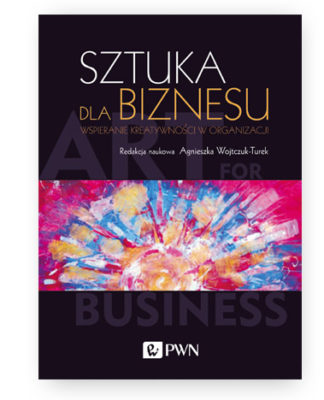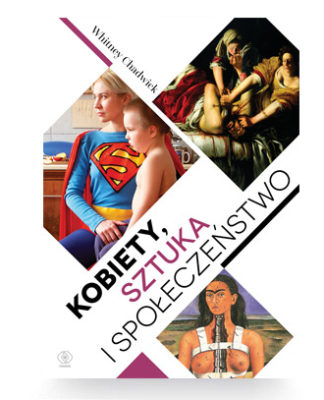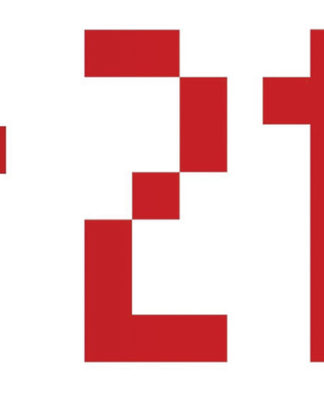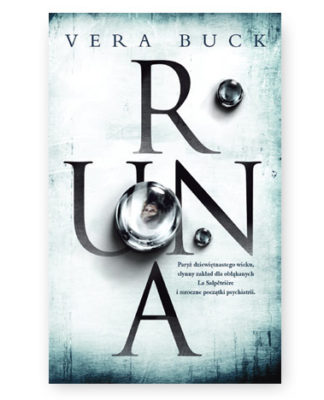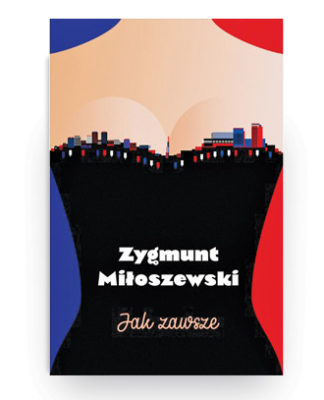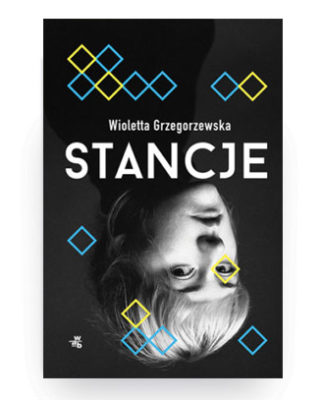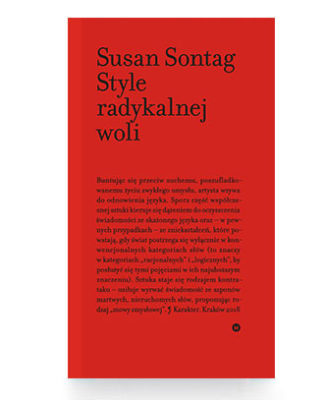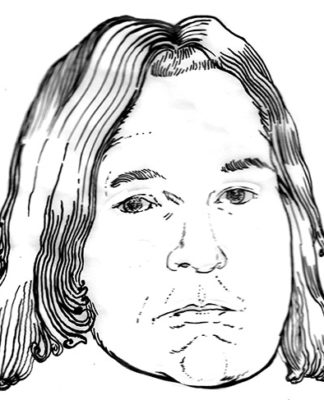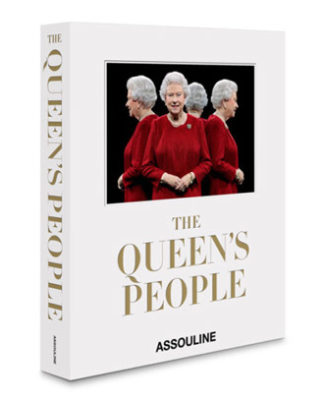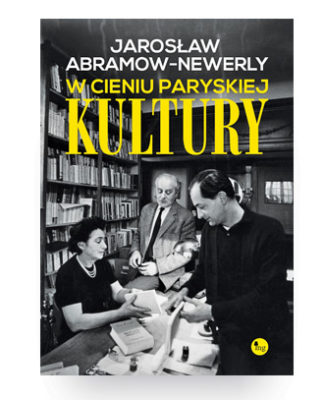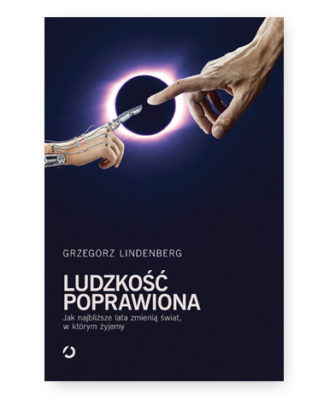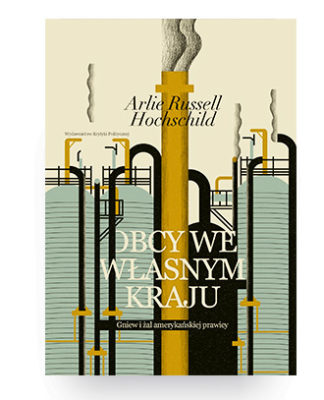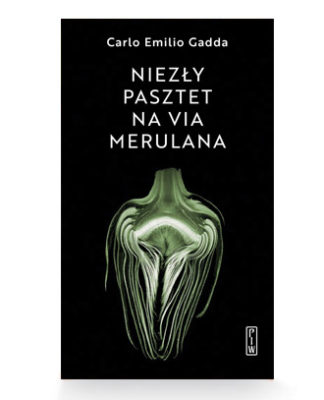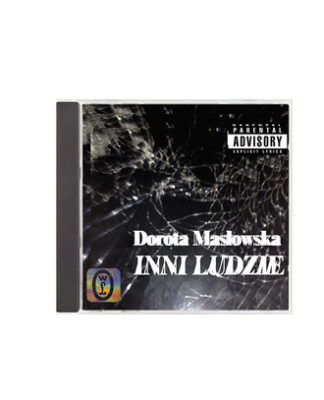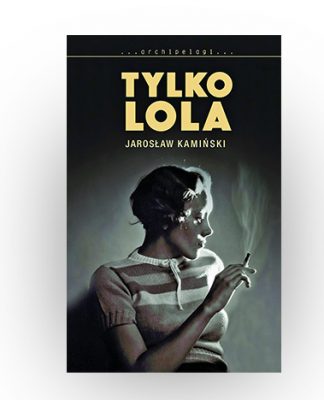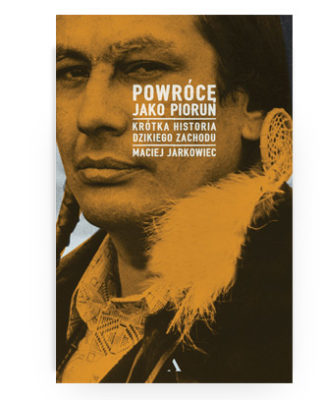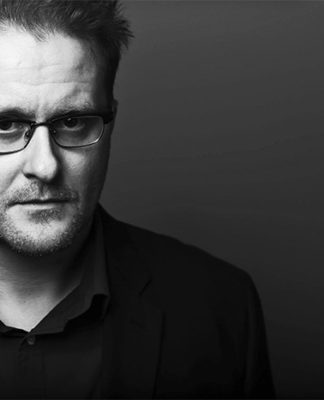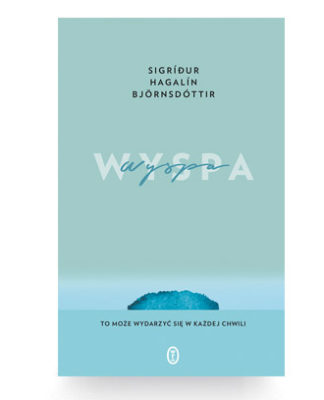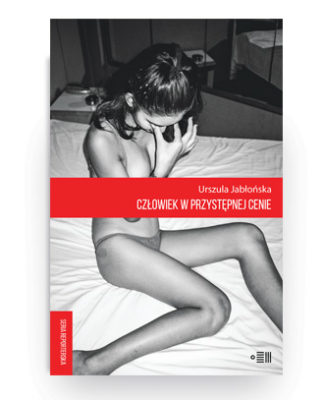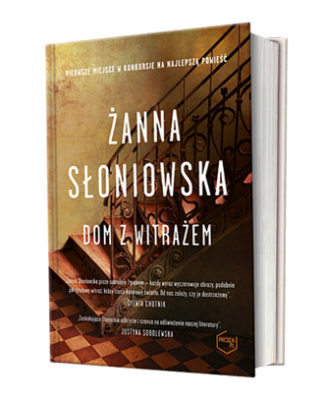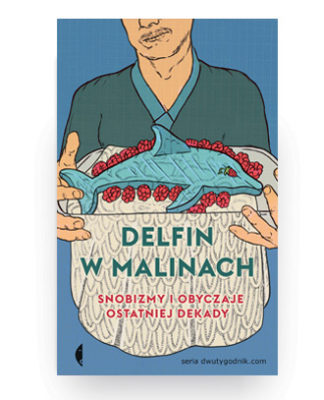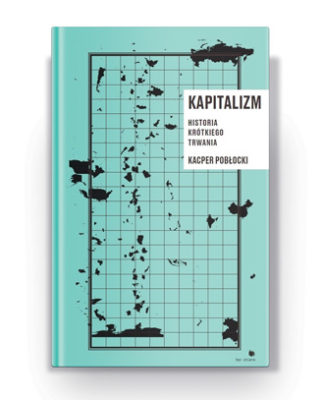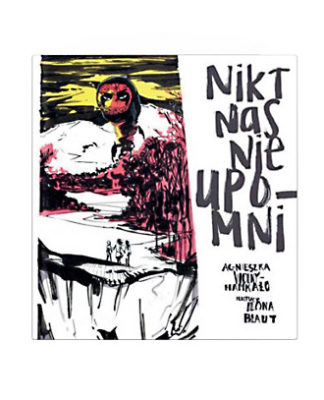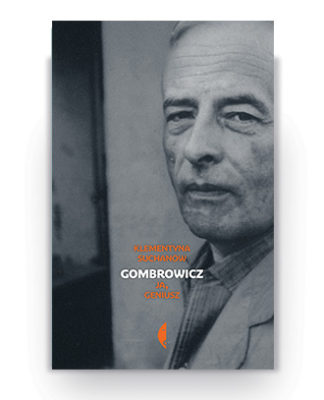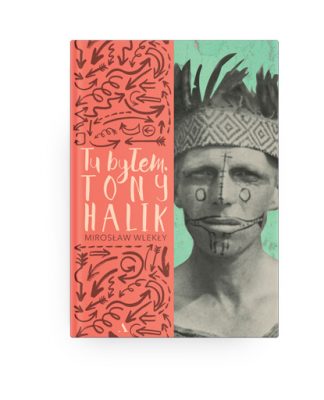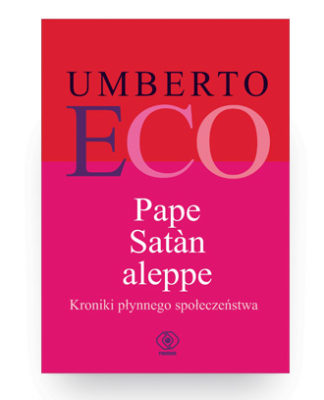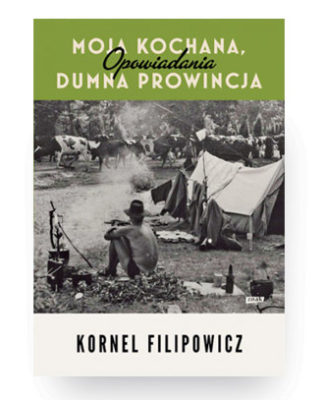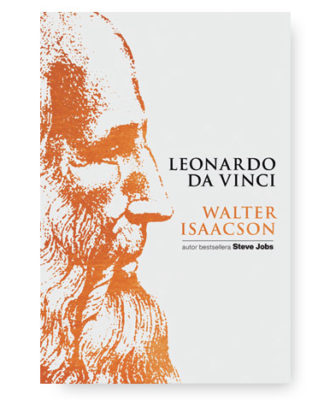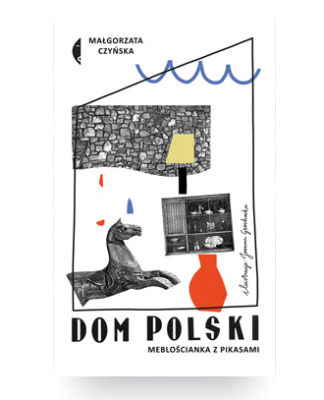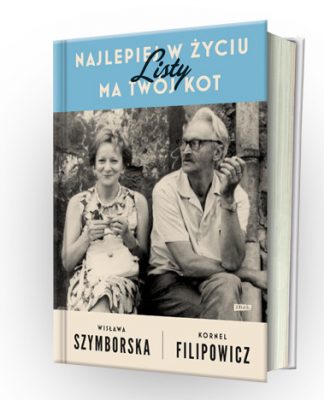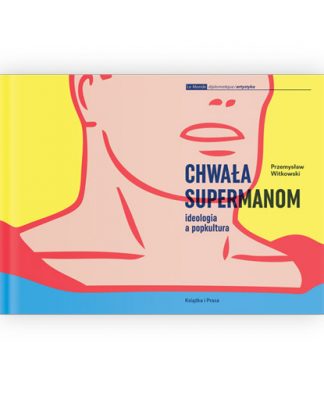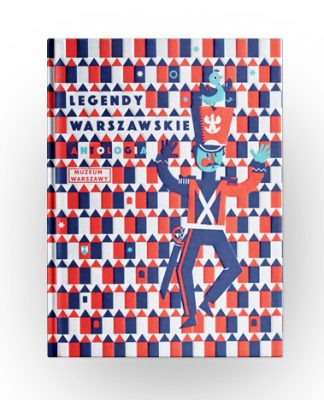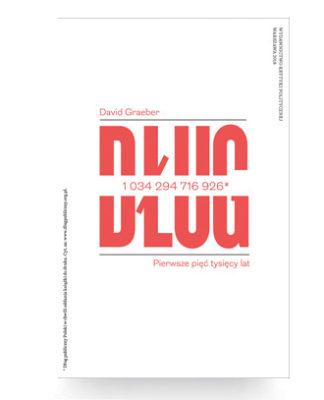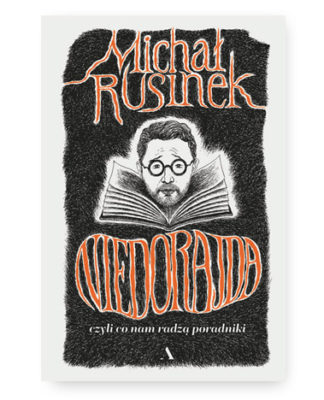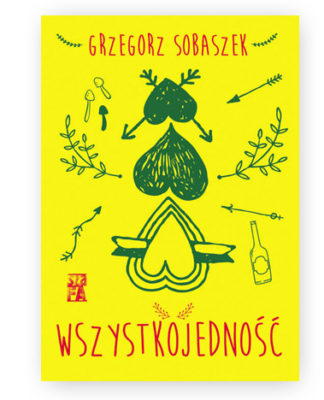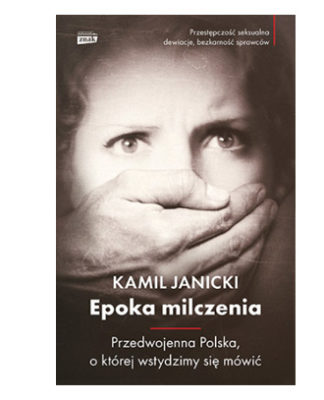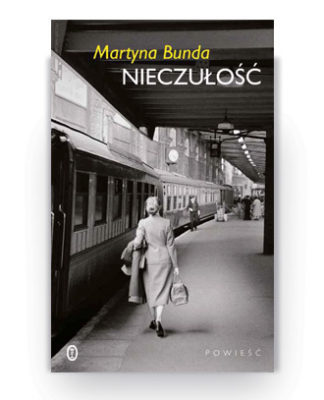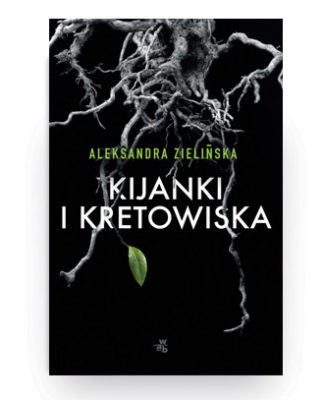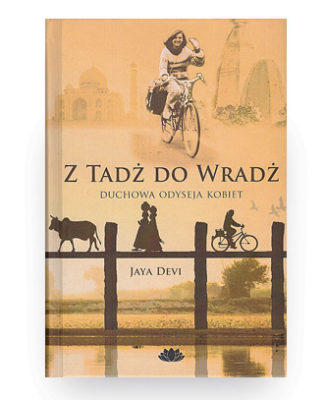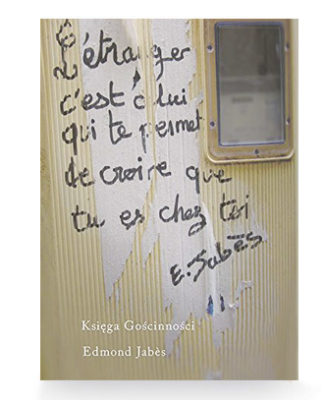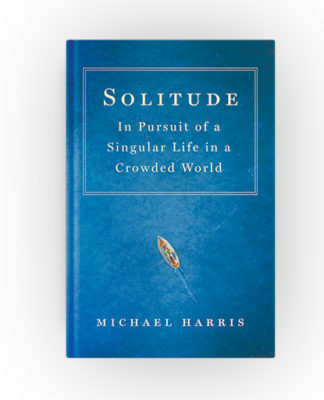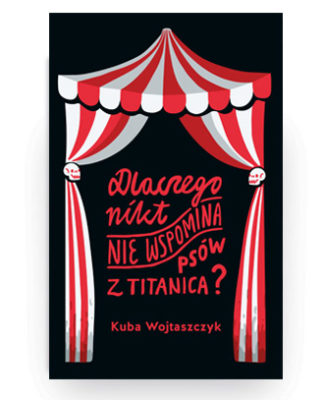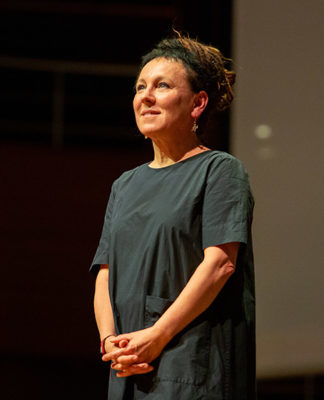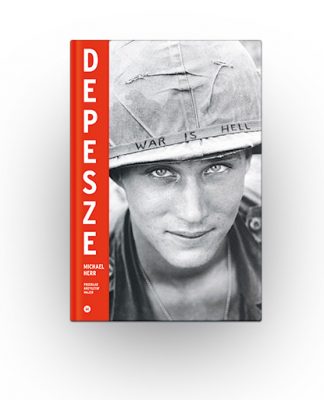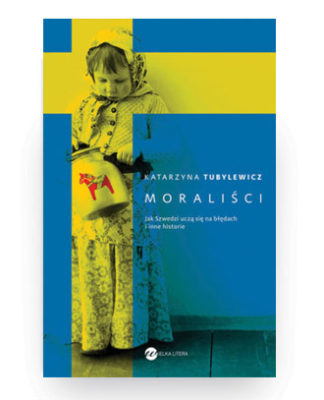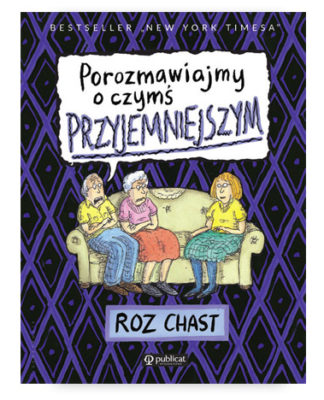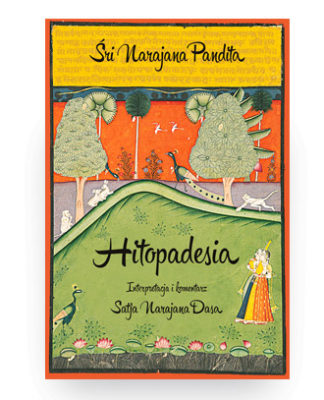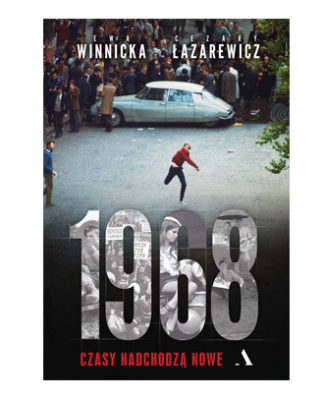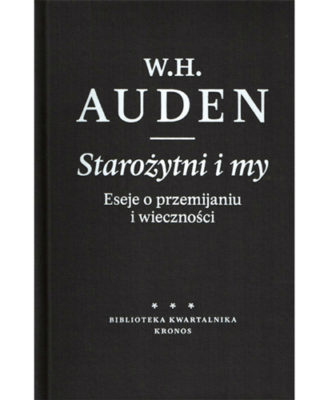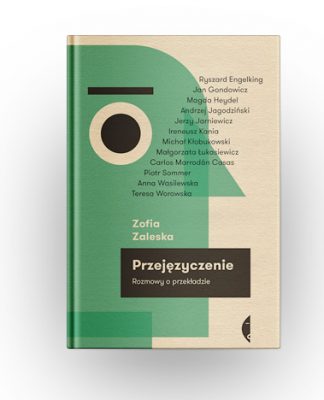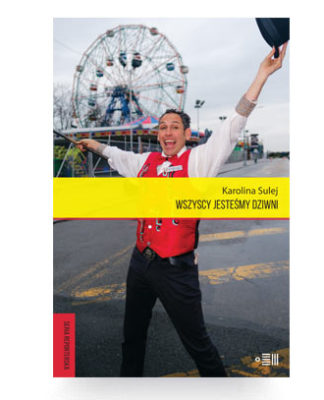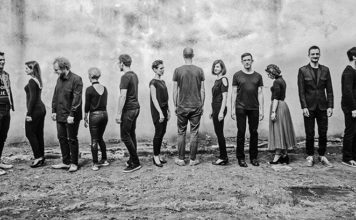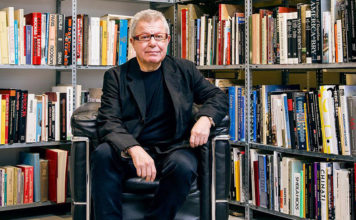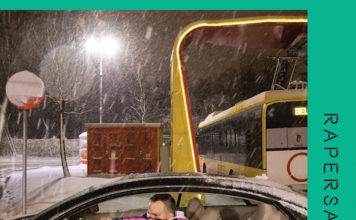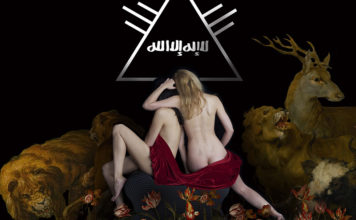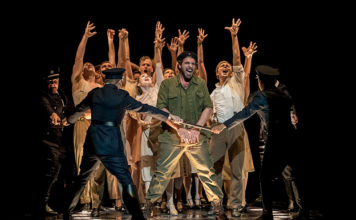A former dancer with the Polish National Ballet, Robert Bondara is one of the most sought-after choreographers today. In 2018, he was appointed artistic director of the Poznań Opera Ballet and added the “Le Prix de Biarritz” to his already impressive list of awards during the Concours de Jeunes Chorégraphes in Bordeaux. With several new projects in development around the world, He spoke with us in Perth before rehearsals for the Australian premiere of Take Me With You, which is part of West Australian Ballet’s Platinum: Ballet at the Quarry.
Text: Jansson J. Antmann
This is the last day of your two-week quarantine and tomorrow you’ll join the dancers in rehearsal, won’t you?
I can’t wait to get into the studio. So far, we’ve followed the version I did in Poznań last year. It’s been particularly important when working online to have a point of reference and we’ve relied on video recordings from 2021. It makes the work more efficient and provides us with a base to build on.
Last October’s world premiere of Take Me With You was part of a program titled BER that also featured Alexander Ekman’s Blind Words and Martynas Rimeikis’ Episode 31. How difficult were the preparations given the global situation?
We’d been planning for nearly two years… well before anyone had heard of Covid. At the beginning of the pandemic nobody expected it would last that long. As I recall, the premiere was originally scheduled for April 2020. In the end, Take Me With You was filmed with the Poznań Opera Ballet and released online in February 2021.
At the beginning of our current season, we finally managed to perform the triple bill. The theatre’s capacity was reduced to thirty per cent, but at least we had a live audience. Alexander, Martynas and I had waited a long time and there were still more challenges to come, because travelling across borders was difficult and we had to bring people over from the US, the Netherlands and Lithuania.
Are you excited at the prospect of staging Take Me With You with the company?
I am very grateful to West Australian Ballet’s artistic director, Aurélien Scannella, for inviting me to Perth as part of the Platinum program. So far, there’s only been one set of performances in Poznań. It’s extremely fresh choreography.
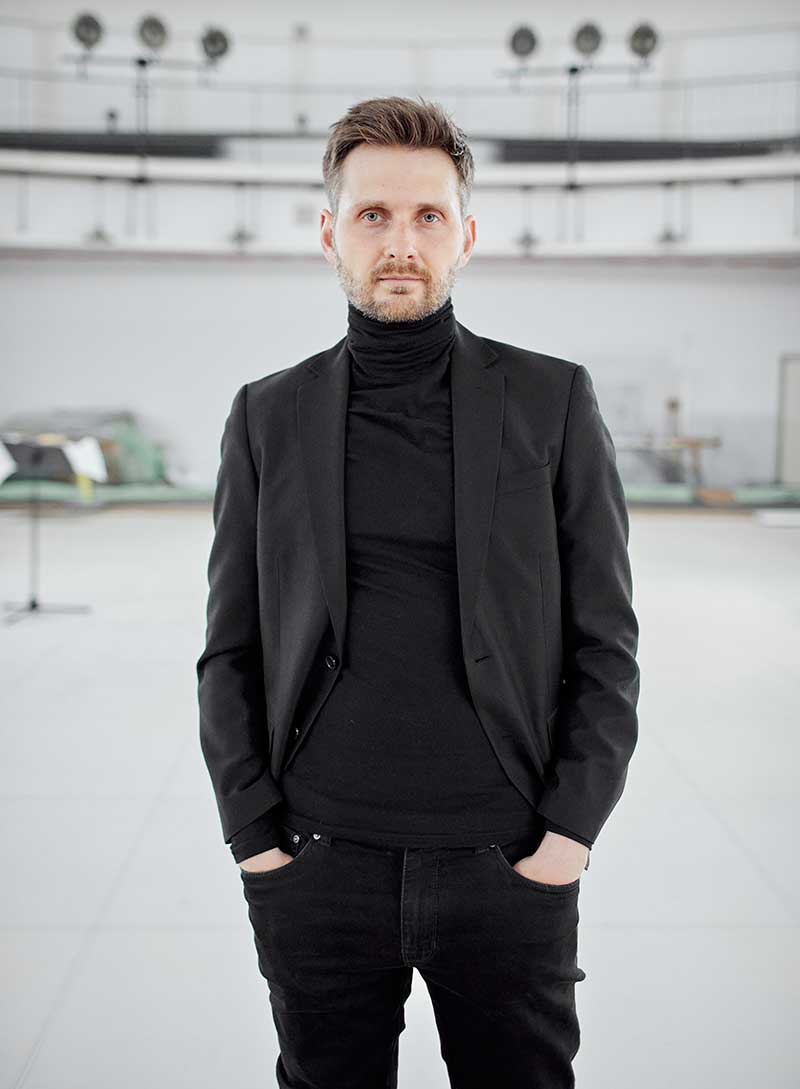
The piece now features thirty-one dancers, but it’s based on an earlier duet you first choreographed in 2016 for leading dancers Yuka Ebihara and Kristóf Szabó during the Polish National Ballet’s choreographic workshop Creations 8.
It was one of my first works en pointe, so there was quite a lot of room for experimentation and I relied on their creativity. It’s no accident I chose Yuka and Kristóf. I knew the way they worked together and how dedicated they were to the creative process. At the beginning of my career I was developing in the direction of contemporary ballet and I was hesitant to put pointe shoes on ladies’ feet. I didn’t feel I had any good ideas for how to use them, and I didn’t want to copy existing solutions that didn’t satisfy me. I was also reluctant to limit myself to pointe shoes and their technique. With the duet however, I finally came up with a few ideas.
The result caused a sensation with Warsaw audiences and the work quickly drew the attention of the wider dance community.
Roberto Bolle and Melissa Hamilton asked me to stage the work for them and they performed it at a gala in Florence in July 2017. It was very well received and ended up being performed during one of Roberto’s television appearances on Rai 1’s Danza con me. After that, the popularity of the Take Me With You duet grew quickly and many soloists started performing it. The Czech National Ballet even danced it masked at the beginning of the pandemic during a gala that was broadcast online.
The duet has been performed by the Slovakian National Ballet, the Stanislavsky Ballet in Moscow, and seen on stages in countries as far and wide as Latvia and Japan. Was the idea of reworking the piece for a larger group of dancers with you from the outset?
When I was creating the duet, I already had a feeling that it would be nice to continue the idea and expand the choreography. Finally, when I was running the Poznań Opera Ballet, the opportunity arose to create this extended version.
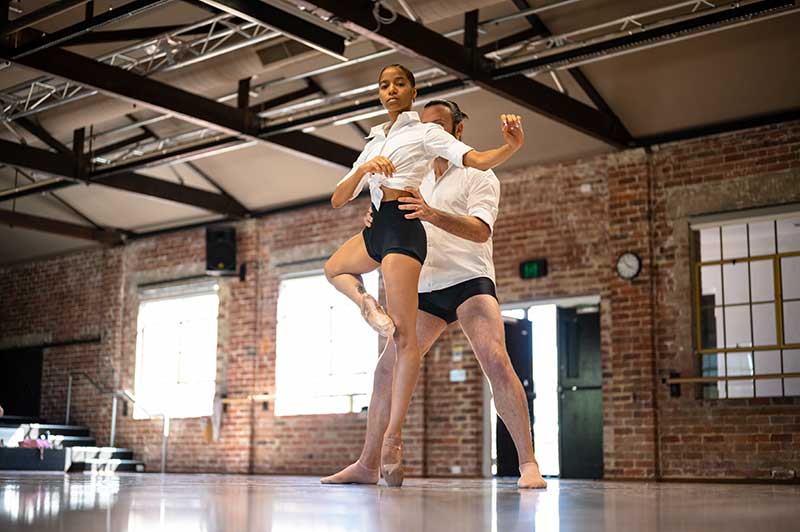
Given the popularity of the original duet, were you at all worried about tampering with it?
I thought about it for a long time and it was a bit tricky, because it’s different to creating something completely new. The entire piece is a result of Yuka and Kristóf’s duet, which remains central to the choreography.
However, it was important that the audience didn’t feel it stood out. It needs to be seen as a coherent work.
Is the extended Take Me With You still built around the central pair?
I don’t want to say too much about the piece, because I think the audience should see it first. There is much more happening, and we have more characters and couples. That said, it’s neither storytelling, nor completely abstract. The audience may not uncover it, but I definitely have my own inspiration behind the dancers’ relationships and a lot of hidden meaning in the dancers’ steps.
It concerns human existence?
That was also the inspiration for the original duet. We could see our dreams, our fears and our frustrations; the pressures that society places on the individual; and the effort to find a balance between our inner world and the world around us. A lot of my performances are connected to psychology, sociology, and life in society. I need this content to create the relationships between the dancers and what is happening on stage. Some audiences will see it, and for others it may remain a totally abstract work. There’s nothing wrong with that.
For both the original duet and the extended version of Take Me With You, you chose the music of Radiohead.
The first thing I worked on was the musical shape of the piece. I chose the music from a dramaturgical point of view and analyzed the lyrics. Their meaning isn’t so obvious and allows for freedom of interpretation.
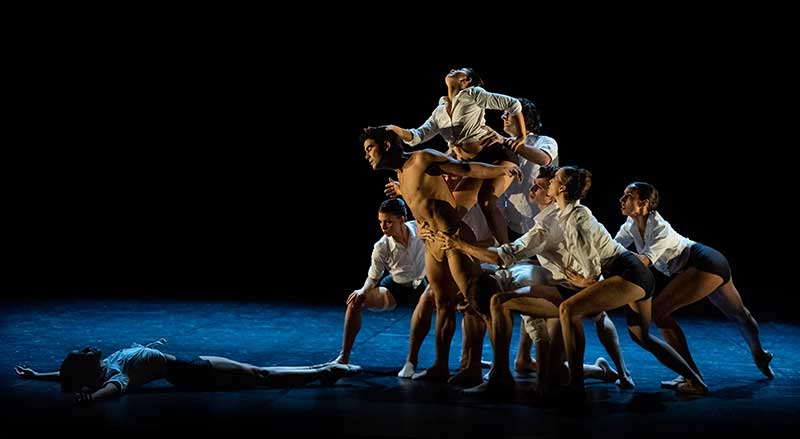
Radiohead’s lead guitarist, Jonny Greenwood, has carved out a significant niche for himself on the world’s contemporary classical music scene. In 2019 he established his own recording label, Octatonic, as well as curating a BBC Prom at the Royal Albert Hall. His suite for the film There Will Be Blood has been released by Deutsche Grammophon and his compositions such as Popcorn Superhet Receiver are frequently performed by ensembles ranging from The Orchestra Now, AUKSO Chamber Orchestra and the London Sinfonietta, to our very own Australian Chamber Orchestra and the Sydney Symphony Orchestra. Were you attracted to Radiohead’s music because of its inherent links to the classical repertoire?
Jonny Greenwood travelled to Poland and collaborated with Krzysztof Penderecki. I also remember him performing Electric Counterpoints by Steve Reich. I think this fusion is really interesting and he is obviously a very good musician. He moves easily between rock, alternative and popular genres, as well as projects more closely connected to the classical music world.
There is a lot of music I like to relax to, from classical to jazz and rock, but I would never use it for my choreography. It’s just for me. In the case of Radiohead however, I’d thought about doing something with their work for quite some time. I had many commissions from different companies to create choreography for specific pieces of music. Workshops give you the freedom of choice and when Creations 8 came up in 2016, I just wanted to do something fun. That was how it started.
When it comes to creating new dance work, do you begin with a precisely plotted vision, or do you tailor your choreography to the dancers in a more improvisatory style?
I try to mix both. On the one hand, I try to be well prepared. It’s not about the steps themselves, but rather the choreographic scenarios and the direction I could go in. I have to keep in mind the solutions that could be used, but above all, it’s about the dramaturgy. Once we’re in the studio however, I like to give a certain amount of freedom to the dancers, and to draw as much as I can from their experience. There are also times when I try to teach them something new. For example, ballet dancers don’t always have experience in contact improvisation, and that can sometimes help in creating choreography.
Having worked as a dancer yourself before becoming a choreographer, you worked alongside some of the most renowned choreographers, including Jiří Kylián and Krzysztof Pastor, who created Dracula for West Australian Ballet and will return to Perth in November to choreograph a new Swan Lake for the company.
I’m inspired by many choreographers and I don’t necessarily have a master or a favourite. However, when you work with people like Kylián and Pastor, you can benefit from looking not only at their work, but also at how they work and their creative process. Kylian is obviously a great choreographer, but it’s truly amazing to witness his musicality and the way he interprets music. I worked with Pastor a lot, so I got to see the tools he uses and the care he puts into the quality of everything he does. I also had the opportunity to watch him running the Polish National Ballet and what I learnt from that experience has helped me in my own role as artistic director. Each choreographer you meet inspires you on your path to becoming a choreographer and makes your artistic work richer.
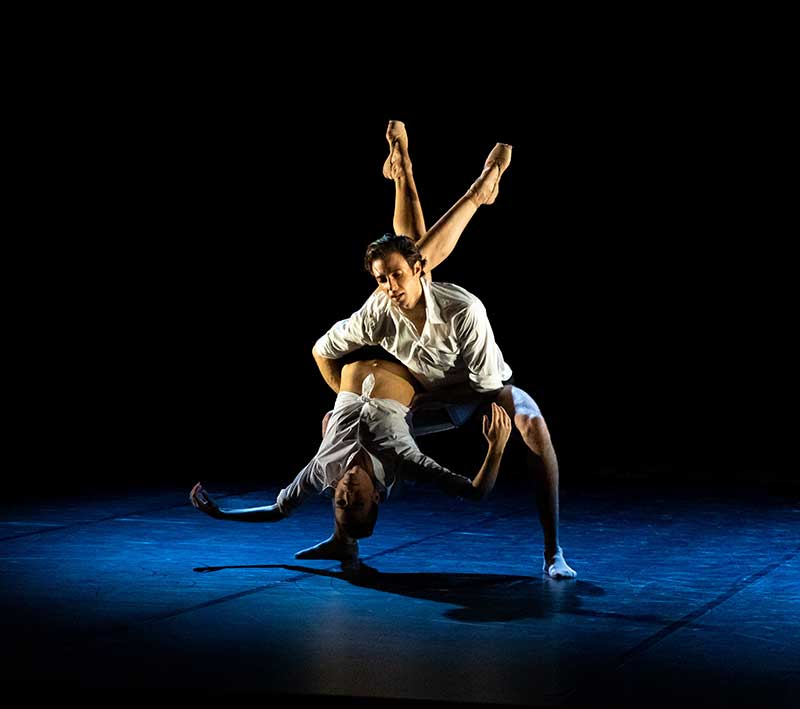
Did you find it hard to leave dancing behind?
I started choreographing in 2011, which was quite early. I created my first two full-length ballets when I was 27 or so. As my choreographic work developed, I continued to dance at the same time. Changing gears and becoming a choreographer didn’t happen overnight, and it’s a completely different feeling. When you’re on stage during a performance, you feel as though you’re in control. As a choreographer however, you can’t influence anything. You just have to sit there and watch. I found that very frustrating and stressful at first, but I got used to it and it was quite a smooth process in the end. I danced less and choreographed more as I prepared myself for the change. Another thing I’ve found is that my head still thinks I’m in the same shape I used to be in as a dancer. Two years ago, I was demonstrating a technical element during rehearsals and my shoulder popped out because my body wasn’t prepared! Since then, I’ve had to change the way I work, but it hasn’t been that bad. Some people find it very traumatic when their dance careers end. Fortunately, it wasn’t so hard for me.
Will you be demonstrating any moves to the West Australian Ballet dancers?
Perhaps. [laughs] Some details and elements may need to be changed, and there are a few parts that allow a little more flexibility to the dancers. After all, they are different human beings with different bodies. We can always adapt certain things if technical elements are proving uncomfortable, or we don’t get the result we’re expecting. Staging an existing work with another company is always exciting, because it gives me a chance to adapt the choreography to the dancers I’m working with at the time.
With it open, what’s next on your busy schedule?
As soon as I get back to Poland, I have to travel to Bydgoszcz and start working on Alice’s Adventures in Wonderland for Opera Nova Ballet. It opens in June and is extremely exciting for me, because it’s something completely new. I’m also providing choreography for a new movie that’s being shot in Poland, and I have to go to Budapest to work with the Hungarian Dance Academy. Then there’s an international project with involvement from Germany and South Korea, and of course I’m working remotely and looking after the Poznań Opera Ballet. In March we open Michal Štípa’s Don Quixote and Viktor Davydiuk’s Trojan, before the triple bill BER returns in April and it’ll be time to remount Take Me With You again. |
